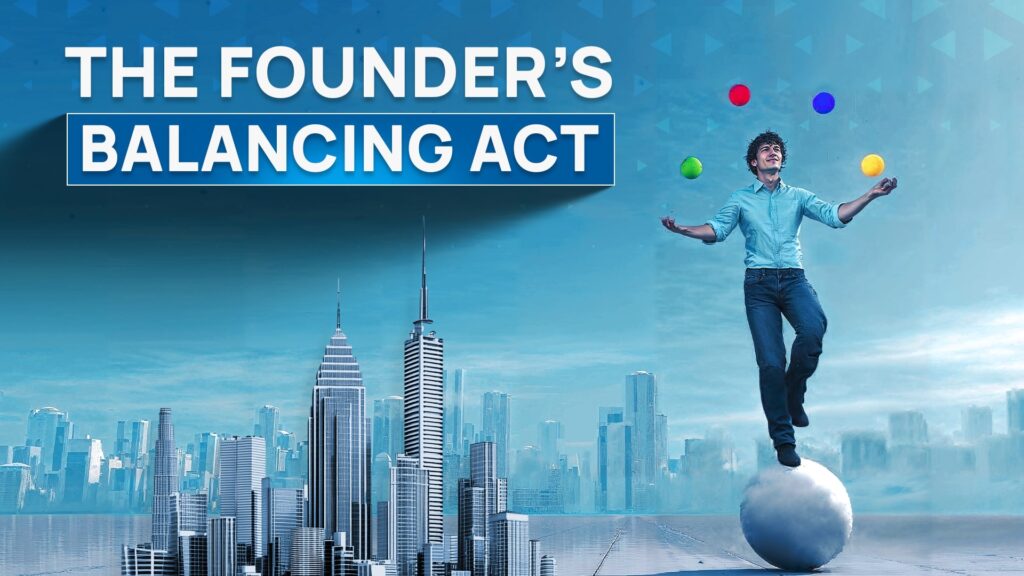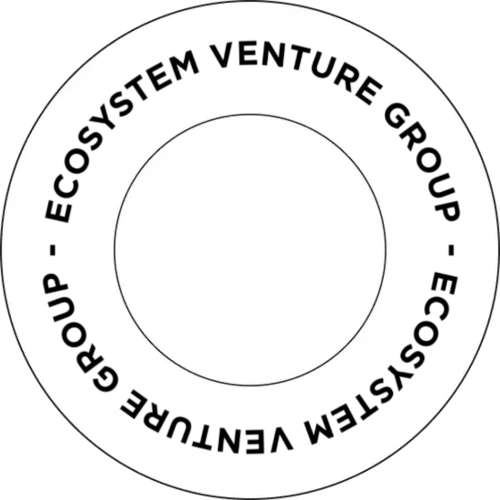Fundraising is supposed to be a victory lap, a proof that your idea is worth betting on. But for most U.S. founders, it feels more like a marathon you didn’t train for. The endless investor meetings, pitch rewrites, and follow-up emails can swallow entire quarters, leaving your product on pause and your team running on fumes. Add to that the pressure of keeping the lights on and hitting growth targets, and it’s no wonder so many founders burn out before their companies even hit stride.
The truth? Constant fundraising cycles are a double-edged sword. They keep startups alive, but they can also suffocate the very creativity and grit that sparked them. The good news is, it doesn’t have to be this way. With the right systems, mindset, and financial discipline, you can raise capital without sacrificing your sanity or your startup’s momentum.
This guide lays out how to navigate the mental, operational, and financial strain of fundraising so you can keep building while you’re raising.
The Mental Strain: Preserving Founder Resilience
Founders wear multiple hats – CEO, fundraiser, product visionary, and culture builder. The constant shift between pitching investors and running the business can erode focus and energy. Left unchecked, this leads to burnout that impacts the entire company’s trajectory.
Practical strategies:
- Set realistic expectations. Fundraising is rarely a fast process. Anticipate a 6–9 month runway for a successful raise, and plan accordingly.
- Time-block fundraising efforts. Dedicate specific days or hours exclusively to investor outreach, leaving uninterrupted blocks for company operations.
- Build a support system. Share the emotional weight with mentors, peer founder groups, or professional coaches. Normalizing the ups and downs can reduce the sense of isolation.
- Reframe rejection. A “no” is often about timing, fit, or strategy—not personal failure. Viewing feedback as data, not judgment, keeps morale higher.
When you manage your mental resilience, you can project an aura of confidence and clarity that investors respect.
The Operational Strain: Keeping the Company on Track
Fundraising can easily consume 70–80% of your bandwidth. In that time, product development stalls, customer acquisition slows, and team alignment suffers. Ironically, the very progress that investors want to see can slip because of the pursuit of capital.
Practical strategies:
- Delegate with intent. Empower senior team members to lead core functions during the fundraising period. If you don’t yet have senior hires, lean on advisors or part-time operators.
- Systematize communication. Weekly dashboards or structured updates for your team ensure visibility without requiring your constant presence.
- Prioritize milestones that matter to investors. Focus limited operational energy on achieving traction points like customer growth, retention rates, or product-market fit that directly strengthen your fundraising story.
- Leverage technology. Project management tools, CRM systems for investor tracking, and automation for customer engagement can reduce manual strain.
The goal is to keep the engine of the business running smoothly enough that investors see momentum, even while your attention is split.
The Financial Strain: Planning for the Long Game
Raising capital is essential for the company’s survival and positioning for sustainable growth. However, constantly chasing funds creates financial stress that can lead to reactive decisions, such as accepting unfavorable terms or raising more than is necessary.
Practical strategies:
- Build a longer runway. Structure your raise to support at least 18–24 months of operations. This reduces the frequency of future fundraising cycles.
- Stay disciplined with burn rate. Investors look for capital efficiency. A leaner burn not only extends your runway but also signals strong operational stewardship.
- Diversify funding options. Consider alternative financing mechanisms, such as venture debt, grants, or strategic partnerships, alongside equity raises.
- Model scenarios. Create financial models that account for best-case, base-case, and worst-case outcomes. This prepares you to adjust quickly without panic.
Managing finances with foresight allows you to negotiate from a position of strength rather than desperation.
Building a Sustainable Fundraising Rhythm
Ultimately, avoiding burnout requires treating fundraising not as a fire drill, but as a repeatable and strategic process. Think of it as building a rhythm:
- Preparation phase (before the raise). Refine your pitch, update your data room, and engage investors informally to build relationships early.
- Execution phase (active fundraising). Work in sprints, track investor conversations systematically, and celebrate small wins to maintain motivation.
- Recovery phase (post-raise). Take a step back to recharge, re-align with your team, and double down on product and customer growth before the next cycle.
This cyclical approach ensures you are not constantly “half-raising” and “half-building,” but instead entirely focused on the right priorities at the right time.
Fundraise Without Losing Yourself
Fundraising will always be demanding, but it doesn’t have to be depleting. By approaching it with structure, foresight, and support, you can raise capital while preserving the energy to build your business.
Even investors acknowledge that founder burnout is a real phenomenon. So embrace it. Demonstrate your ability to balance pressure and performance, and you will attract investors who believe in you.




